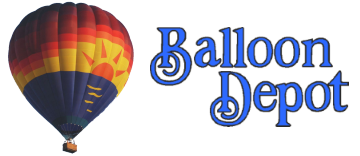
History of Balloon Flight

The first recorded balloon flight occurred in France in June 1783 when two brothers, Jacques Etienne and Joseph Michel Montgolfier, sent a large, smoke-filled bag 35 feet into the air. Three months later a duck, rooster and sheep became the first passengers in a balloon, since no one knew whether a human could survive the flight.
Finally on November 21, 1783, before a vast throng of onlookers that included the King and Queen of France, Marquis D’Arlandes and Pilatre de Rozier piloted humanity’s first aerial voyage, more than a century before the Wright brothers’ historic flight at Kitty Hawk.
Ten days after the first manned hot air flight, a French physicist named J. A. C. Charles made the first manned ascent in a hydrogen-filled balloon. Ballooning became quite popular for over half a century thereafter in Europe. Eighteenth century farmers, frightened by one of these strange objects descending from the heavens, actually attacked the balloon with pitchforks. Early aeronauts quickly learned to carry champagne aboard to present to the farmer upon landing, to prove that they were merely humans and not monsters of some sort! Thus was born the traditional post-flight champagne ceremony.
With the advent of powered aircraft, ballooning became a less practical form of flight, practiced by only a few enthusiasts. The modern day sport of hot air ballooning evolved through research for the U.S. Navy in the 1960’s and has enjoyed a remarkable comeback due to the development of a durable, comparatively inexpensive nylon for the envelope in combination with an improved and efficient propane burner system. Today there are more than 5,000 balloon pilots in the U.S. alone.
Wantto learn more about our balloons or services?
Reach out online or by phone, we're happy to help!
